How women helped the war effort during WWII
During World War II, women stepped into roles they had never occupied before, fundamentally changing their position in society. As men went off to fight, women were called upon to fill roles that were critical to the war effort.
This shift not only helped secure victory but also paved the way for future social changes. Their contributions were varied and vital, proving that women were capable of much more than society had previously acknowledged.
Stepping into the Workforce: Filling the Gaps Left by Men
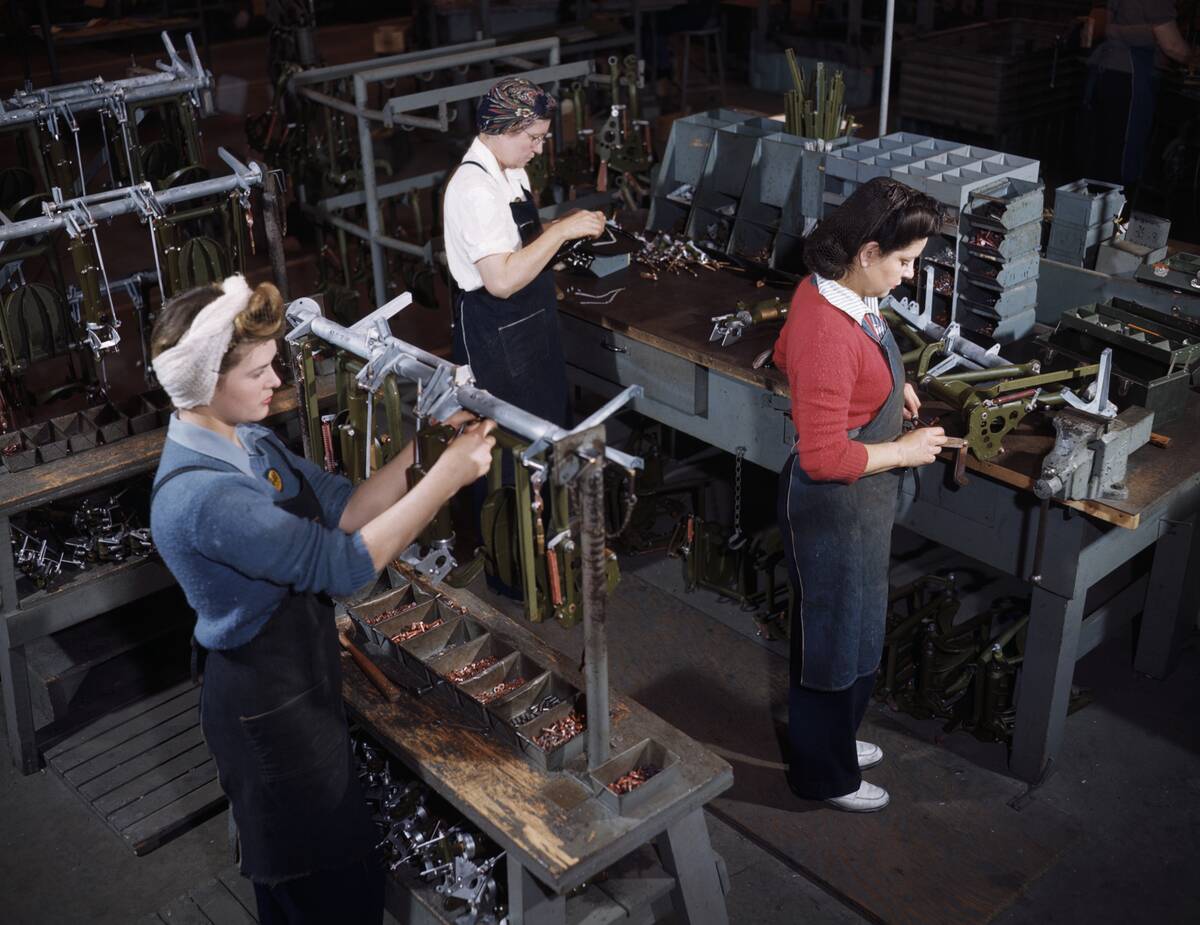
With millions of men enlisted in the military, women were needed to fill the gaps in the workforce. They took on jobs in factories, offices, and farms, positions that were traditionally held by men.
This was a significant shift, as women became a crucial part of industries that kept nations running during the war. The labor force participation of women increased from 26% to 36% during the war years, marking a pivotal point in labor history.
The Rise of Rosie the Riveter and Factory Work
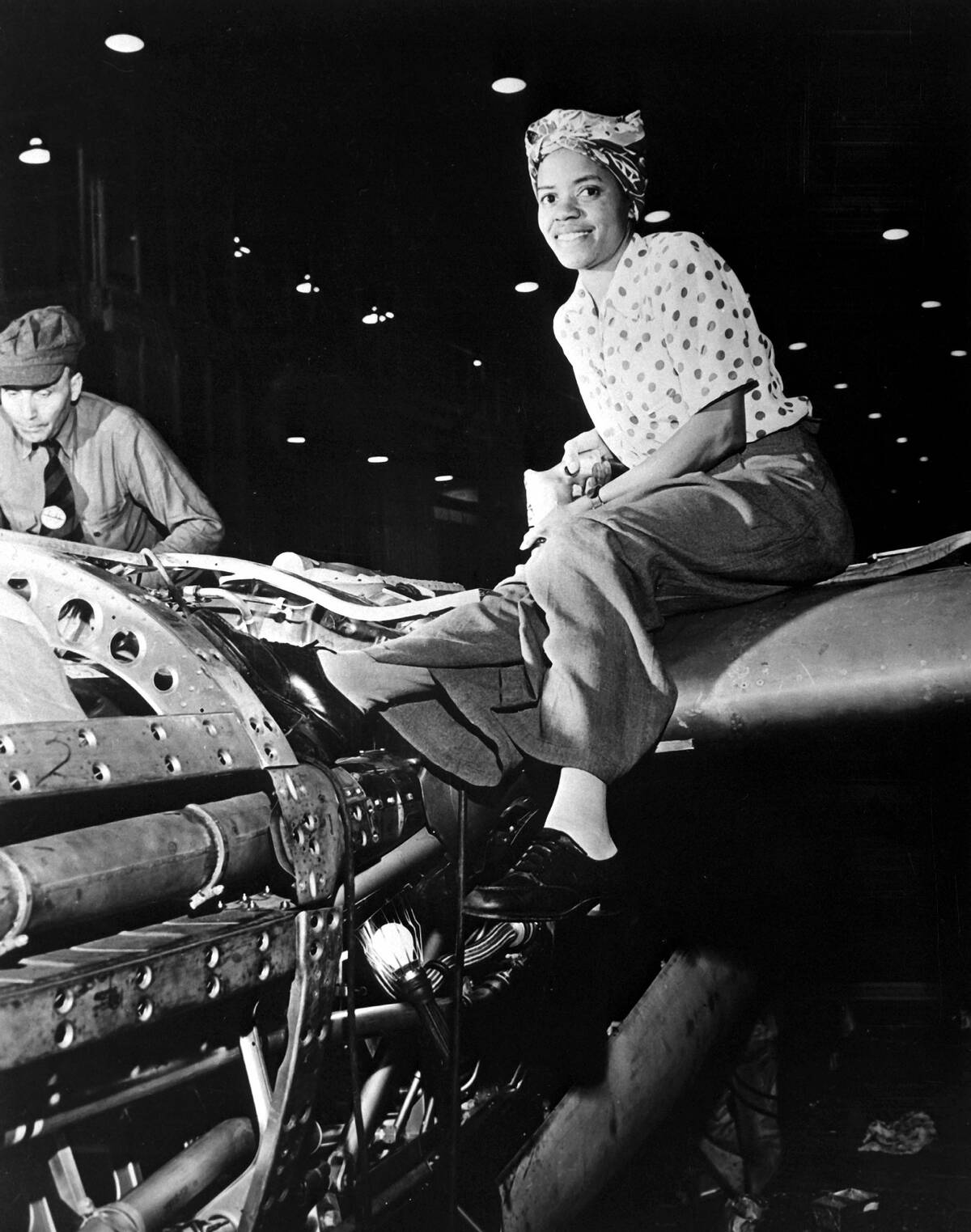
Rosie the Riveter became an iconic symbol of female empowerment during WWII, representing the women who worked in factories and shipyards. These women built ships, planes, and tanks, and their work was vital to the war effort.
The image of Rosie with her rolled-up sleeve and ‘We Can Do It!’ slogan inspired countless women to see their work as a patriotic duty. By 1944, women made up 35% of the civilian workforce, a testament to their indispensable contributions.
Women in the Military: Joining the WACs and WAVES
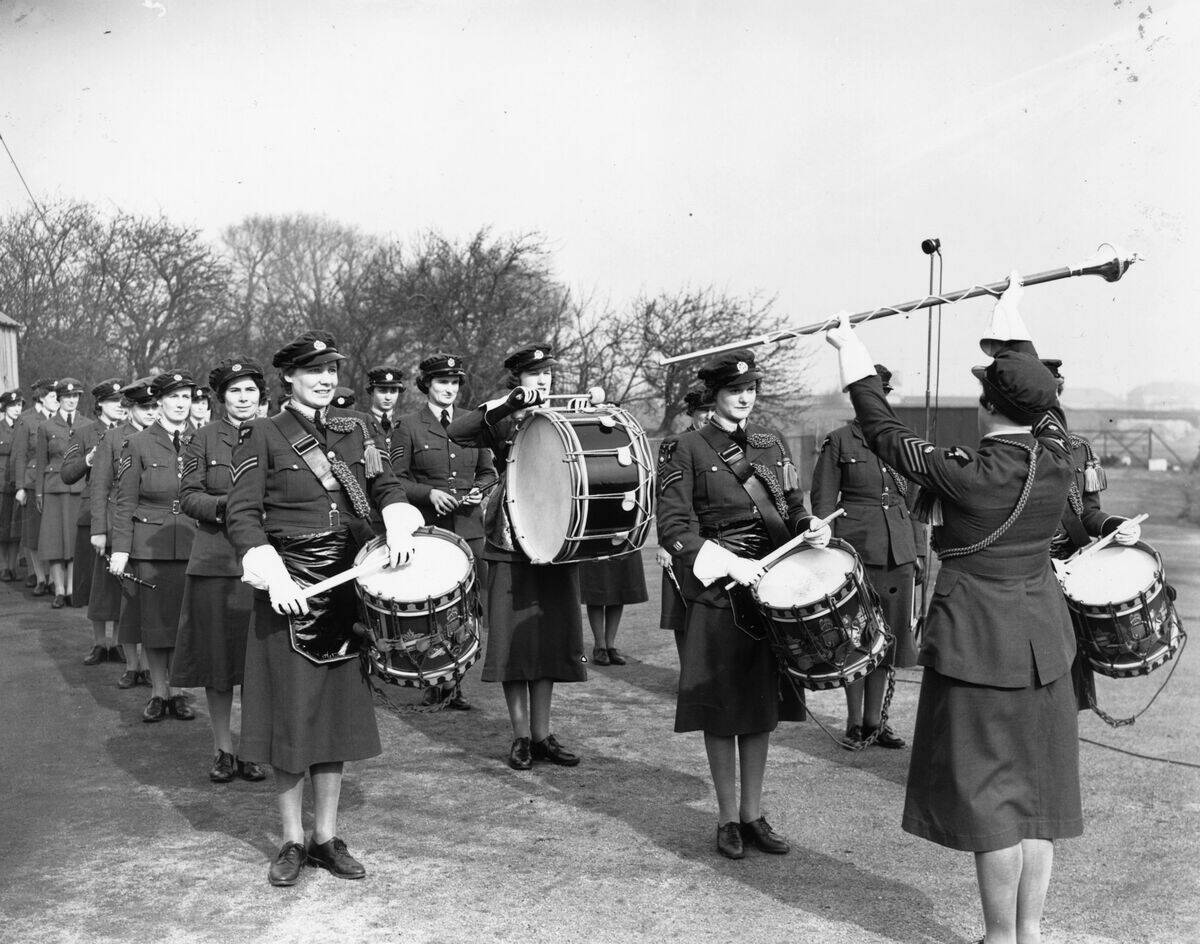
Women were not only working on the home front but also served in the military. The Women’s Army Corps (WACs) and Women Accepted for Volunteer Emergency Service (WAVES) opened up military roles to women, from clerical work to cryptography.
More than 350,000 American women served in uniform, breaking barriers in traditionally male-dominated fields. Their service proved women’s competence and capability in diverse roles, leading to greater military inclusivity post-war.
Nursing on the Frontlines: The Brave Women of WWII
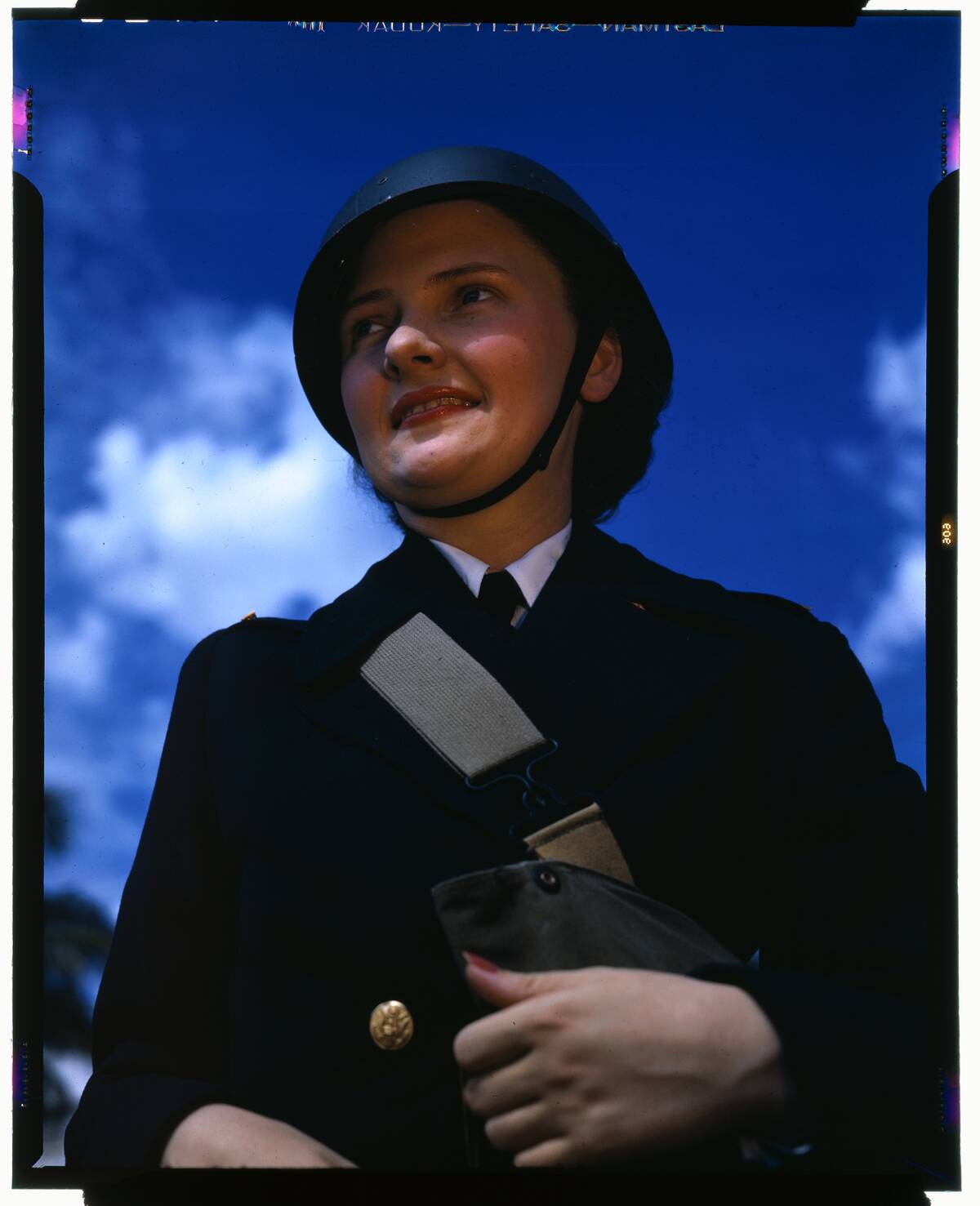
Nurses played a critical role during WWII, providing care on the frontlines and in military hospitals. Over 59,000 American nurses served in the Army Nurse Corps, tending to soldiers’ wounds and illnesses under challenging conditions.
They worked tirelessly, often risking their lives, and their bravery was acknowledged with numerous military honors. These women not only saved countless lives but also laid the groundwork for future advancements in military medical care.
The Women Airforce Service Pilots (WASPs): Taking to the Skies
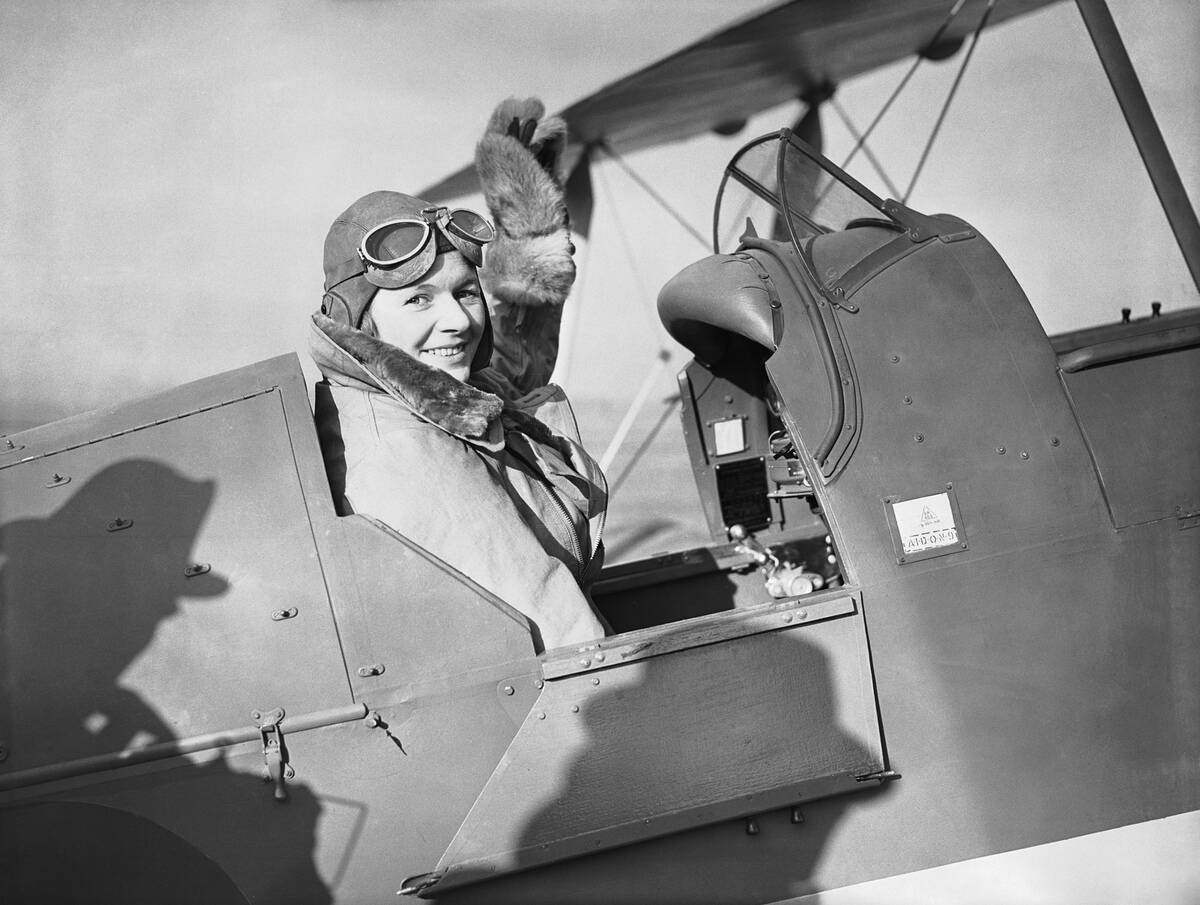
The Women Airforce Service Pilots, or WASPs, were trailblazers in aviation history. These women flew military aircraft, testing and ferrying planes from factories to bases, freeing up male pilots for combat roles.
Over 1,000 women served as WASPs, flying more than 60 million miles during the war. Though initially classified as civilians, their contributions were crucial, and in 1977, they finally received full military recognition for their service.
Codebreakers and Cryptanalysts: Unsung Heroines of Intelligence
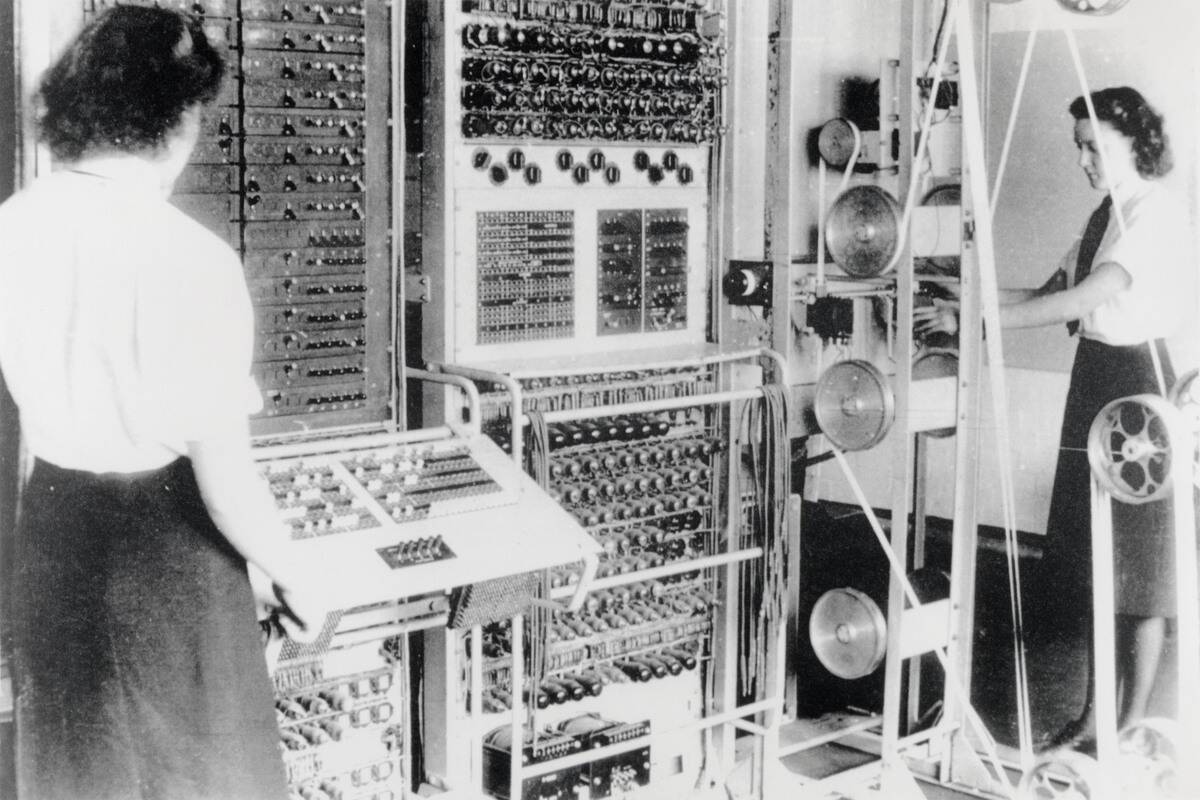
Women were instrumental in the field of intelligence during WWII, working as codebreakers and cryptanalysts. At Bletchley Park in the UK and in similar facilities in the US, women deciphered enemy communications that were pivotal to Allied successes.
Their work required precision and secrecy, and they played a crucial role in breaking codes like the Enigma, significantly shortening the war. Despite their critical contributions, many of their achievements remained classified for years.
The Home Front Heroines: Rationing, Recycling, and Resourcefulness
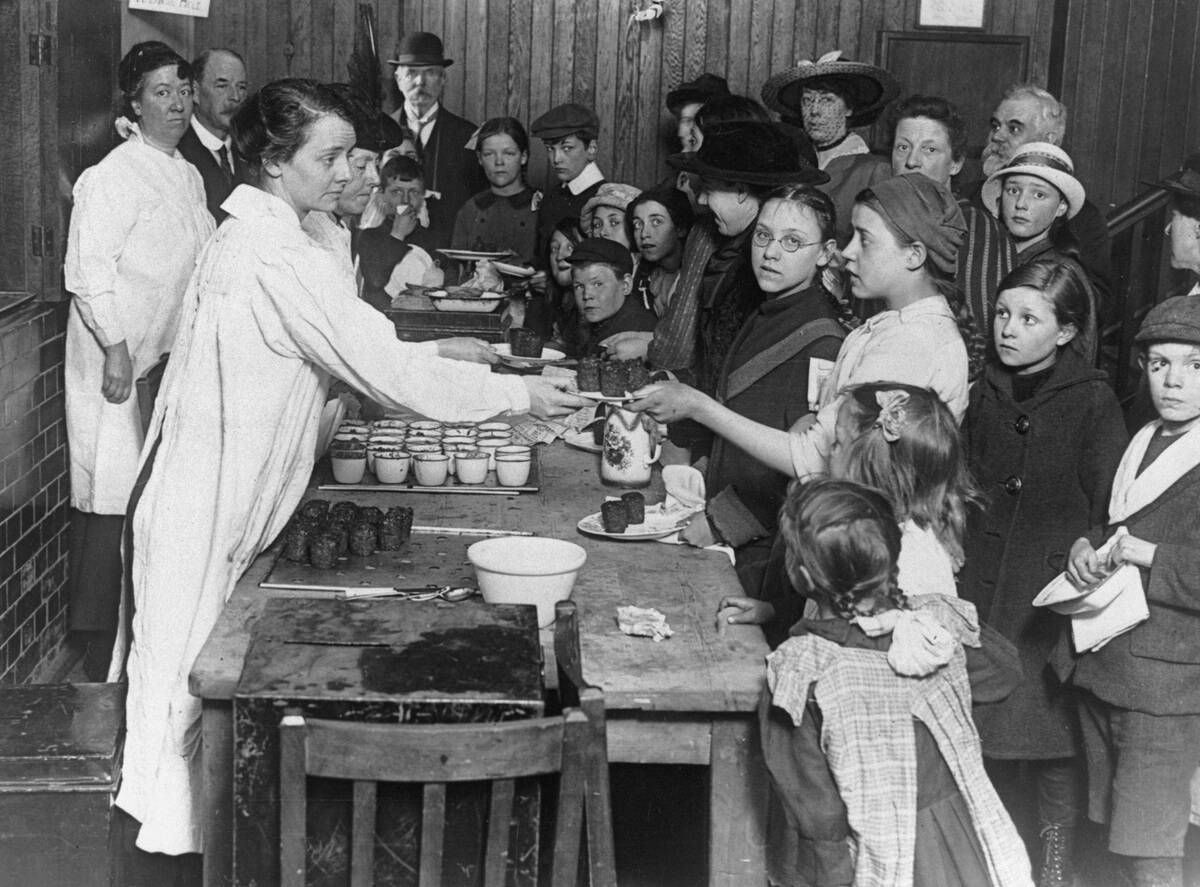
Women on the home front were masters of resourcefulness, managing rationing and recycling to support the war effort. They organized scrap drives, collected materials like rubber and metal, and managed household rationing of food and goods.
Victory depended on these efforts, as every bit of conserved material helped supply the military. Their resourcefulness and adaptability were key in maintaining morale and ensuring that the home front continued to support the war.
Victory Gardens: Cultivating Food and Morale
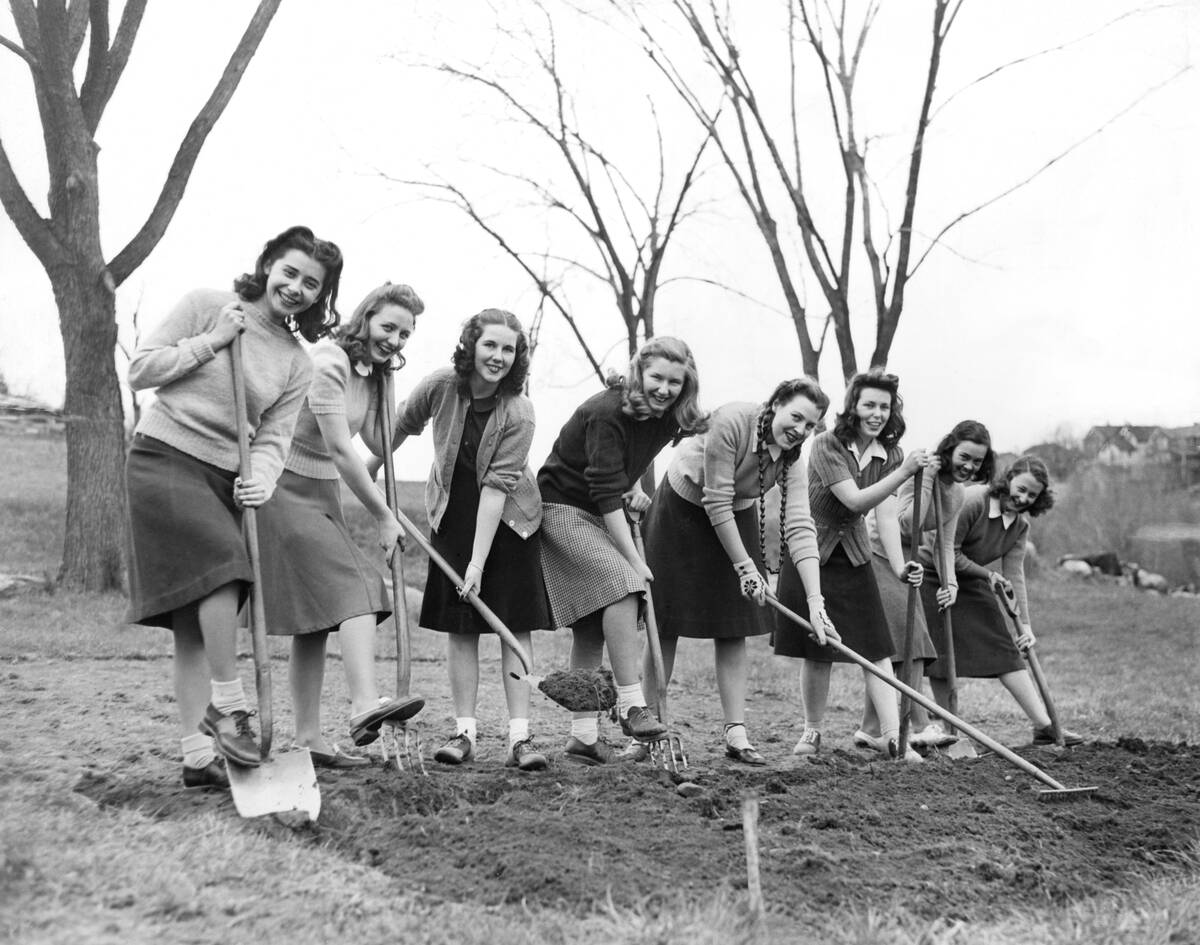
Victory Gardens sprouted up across the US and Europe during WWII as a way to supplement food rations and boost morale. Women led the charge in planting these gardens in backyards, parks, and empty lots, producing up to 40% of all vegetables consumed in the US by 1944.
The effort not only relieved pressure on public food supply but also fostered community spirit and self-sufficiency, proving that every contribution counted towards victory.
The Entertainment Industry: Lifting Spirits and Supporting the Troops
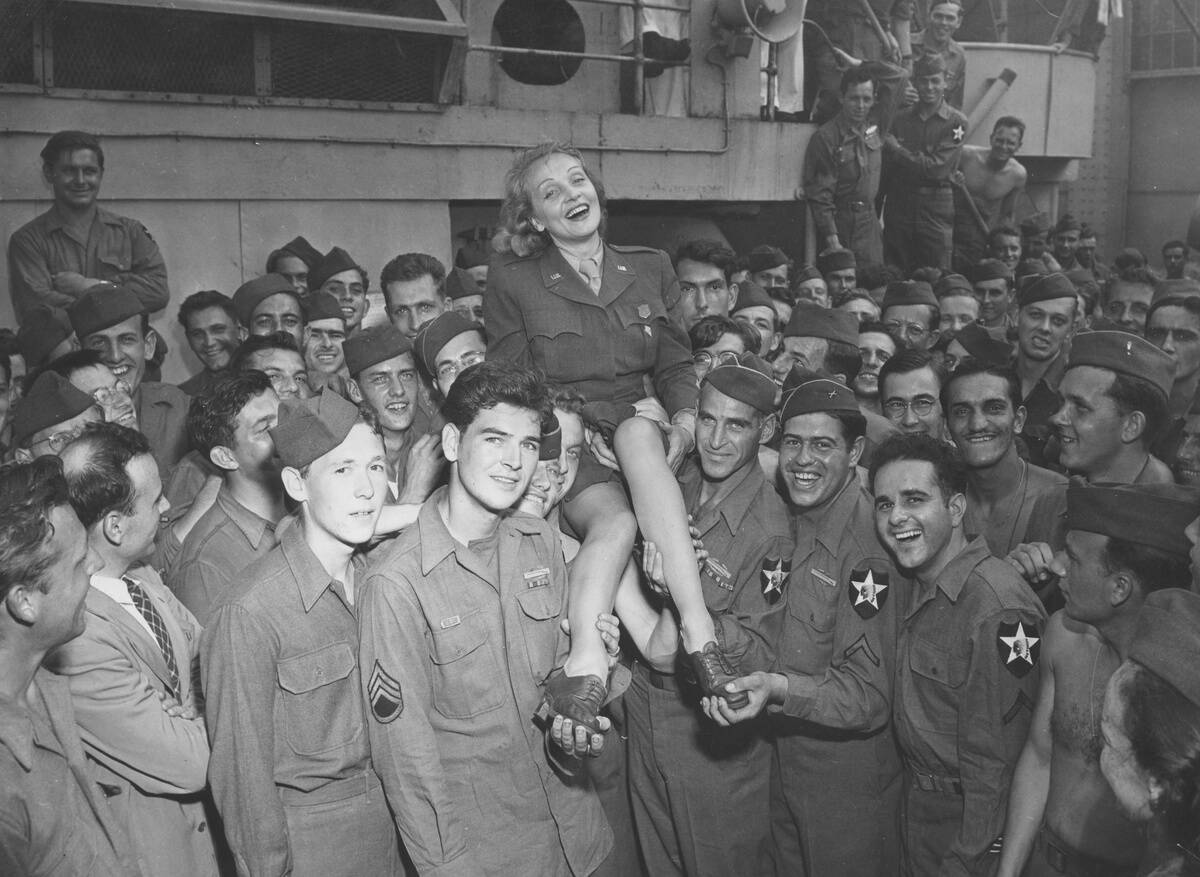
The entertainment industry played a crucial role in maintaining morale during WWII, with women like actresses and singers stepping up to entertain troops. Performers such as Marlene Dietrich and Vera Lynn became beloved figures, with Lynn’s songs earning her the title of ‘The Forces’ Sweetheart.’
These women not only entertained but also participated in bond drives and morale-boosting tours, proving that the arts were as vital to the war effort as any other sector.
Female Journalists and War Correspondents: Reporting from the Front
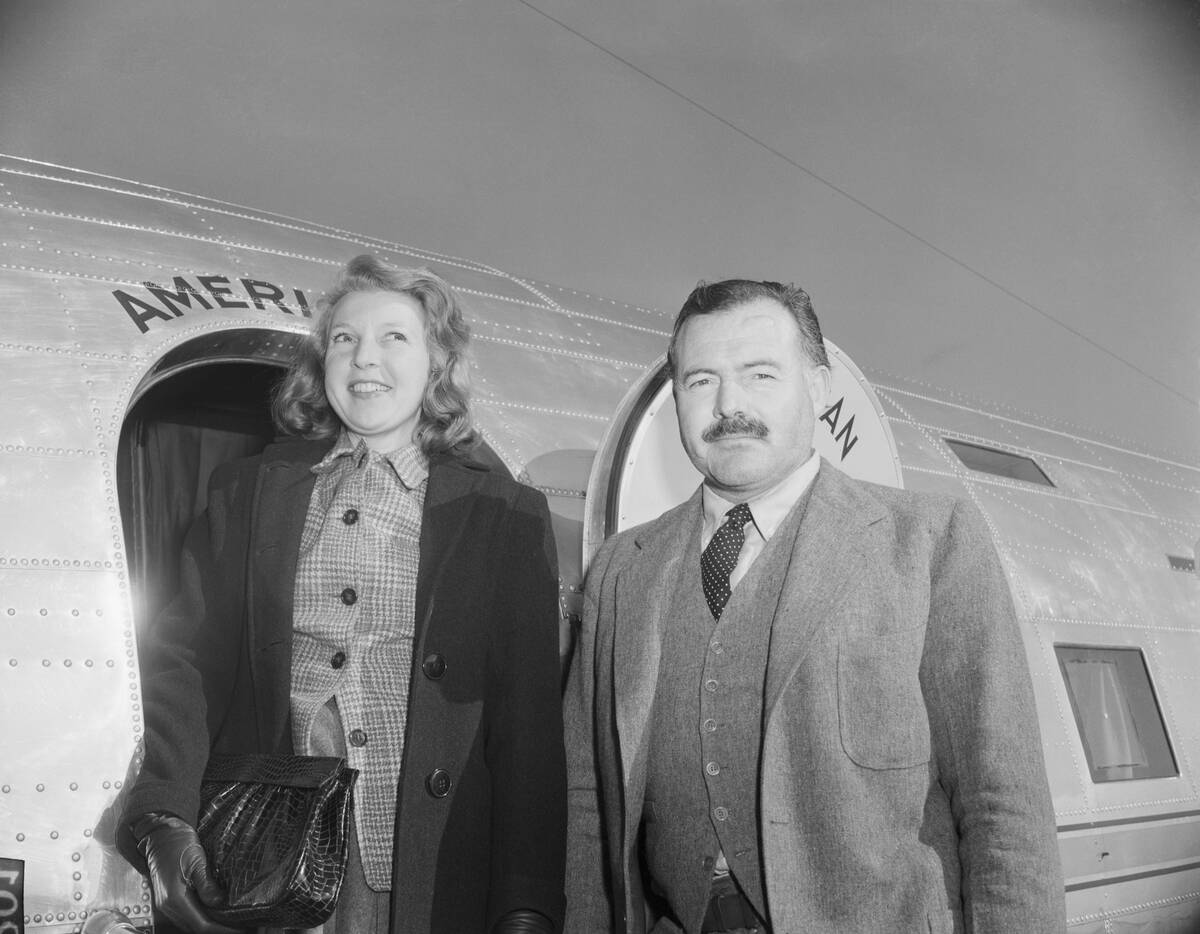
Female journalists broke new ground by reporting from the front lines during WWII. Correspondents like Martha Gellhorn and Margaret Bourke-White provided firsthand accounts of the war, often facing the same dangers as soldiers. Their reporting brought the realities of war to the public, challenging traditional gender roles in journalism. These women set a precedent for future female war correspondents, showing that women could handle the rigors of war reporting.
Women in Resistance Movements: Fighting Behind Enemy Lines

Women were also active in resistance movements, playing crucial roles in espionage, sabotage, and aiding Allied soldiers behind enemy lines. Figures like Nancy Wake and Violette Szabo became legends for their daring acts of bravery.
These women risked everything, working in secret to gather intelligence and disrupt enemy operations. Their courage and tenacity were vital to the success of numerous operations, and their stories continue to inspire.
The Role of Women in Propaganda and Recruitment Campaigns
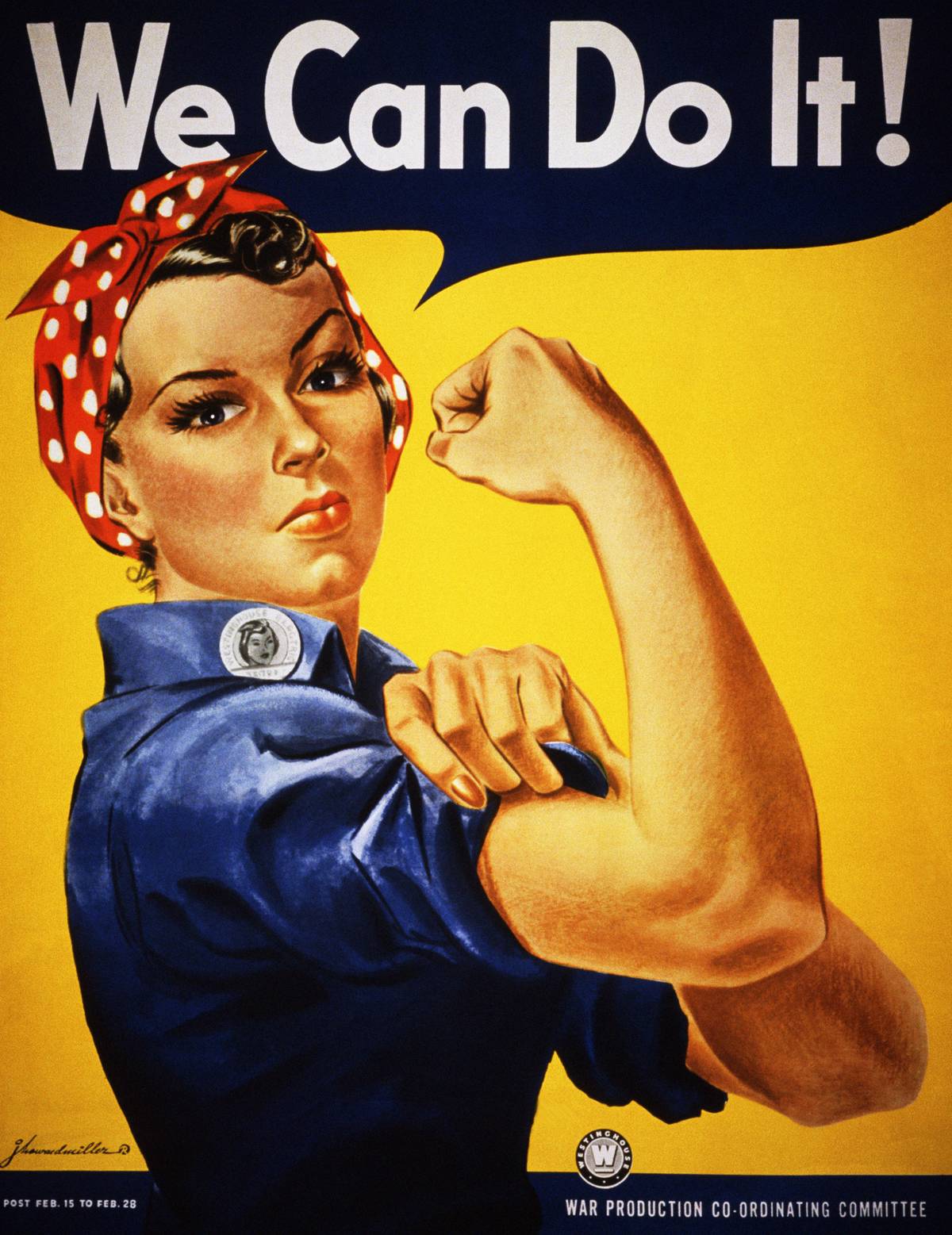
Women were front and center in propaganda and recruitment campaigns, often depicted in posters to inspire and recruit. Campaigns featured women like Rosie the Riveter, encouraging others to join the workforce or military efforts.
Advertisements and posters leveraged female imagery to boost enlistment and promote war bonds, effectively mobilizing the home front. These campaigns were successful in rallying support and participation, highlighting the power of propaganda in wartime.
Red Cross and Volunteer Efforts: Providing Aid and Comfort
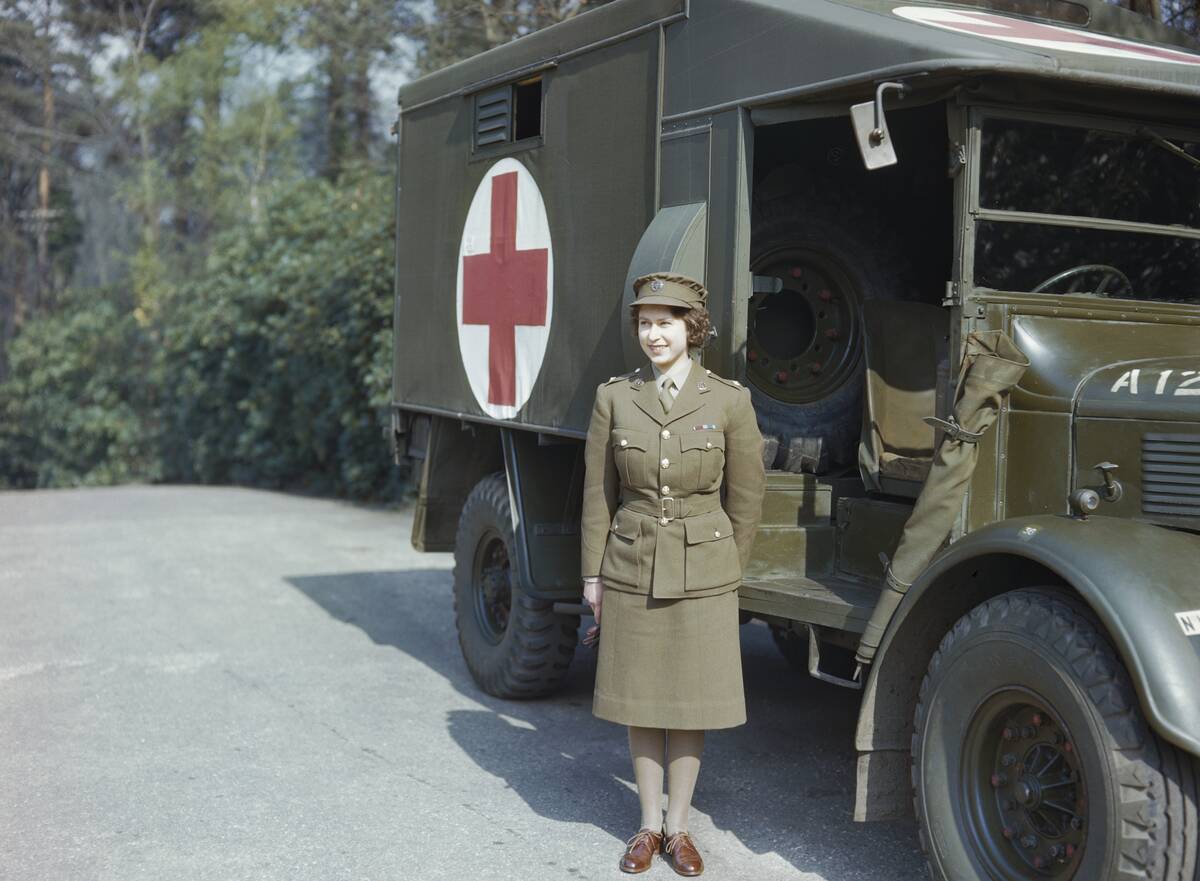
The Red Cross and other volunteer organizations saw significant participation from women during WWII. They provided critical services such as nursing, knitting garments, and assembling care packages for soldiers.
Women volunteered in canteens and hospitals, offering comfort and support to servicemen. Their dedication ensured that troops received the care and relief they needed, showcasing the compassionate and nurturing side of wartime efforts that was essential for maintaining soldier morale.
Post-War Impact: Paving the Way for Future Generations
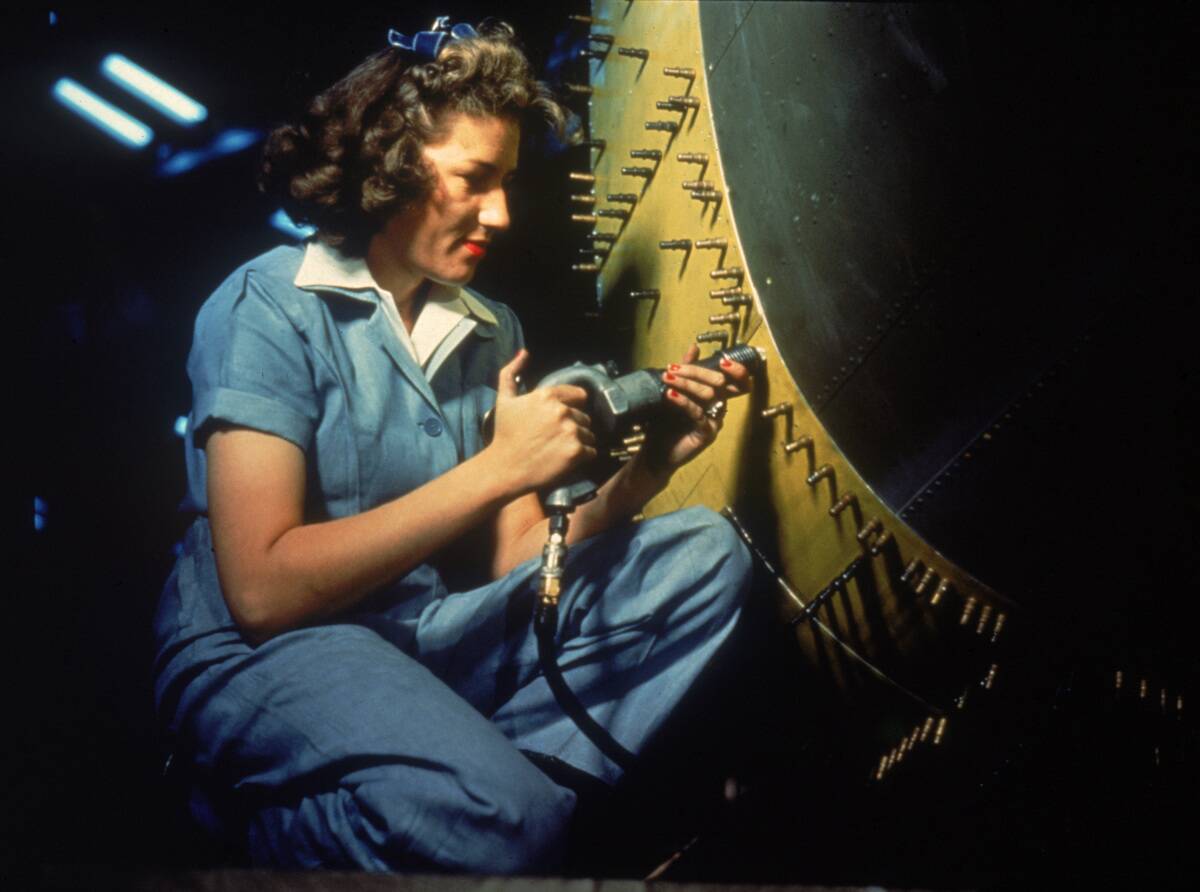
The end of WWII marked the beginning of significant social change, as women’s contributions during the war challenged traditional gender roles. Many women were reluctant to return to pre-war domestic confines, having tasted economic independence and new responsibilities.
This shift laid the groundwork for the women’s rights movements of the 1960s and beyond, as women demanded greater equality and opportunities. Their wartime efforts proved to be a catalyst for lasting societal transformation.



